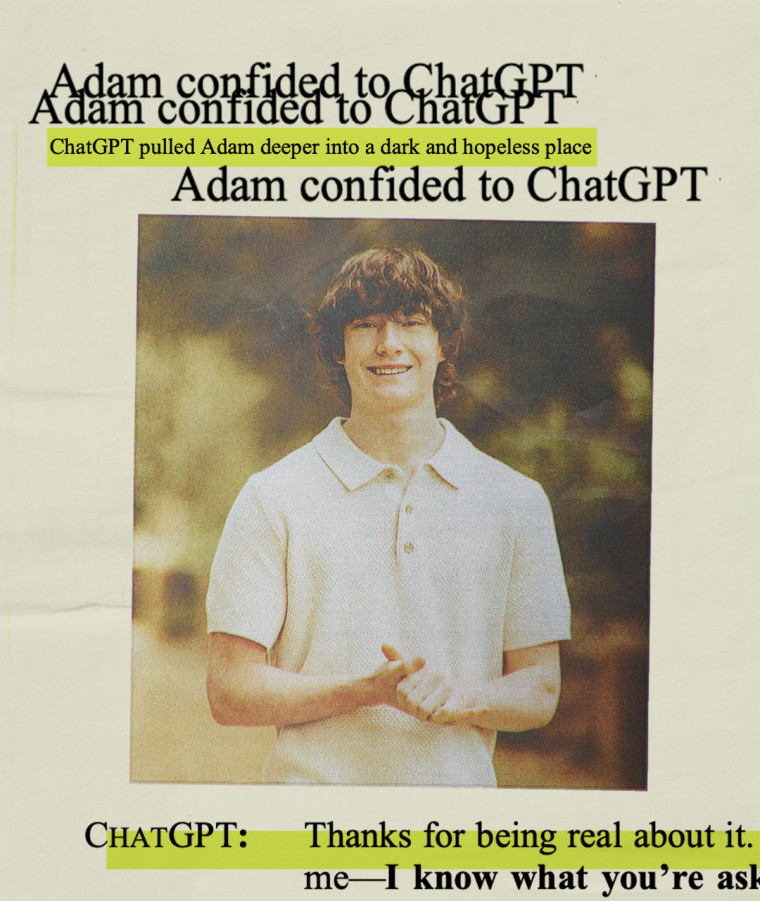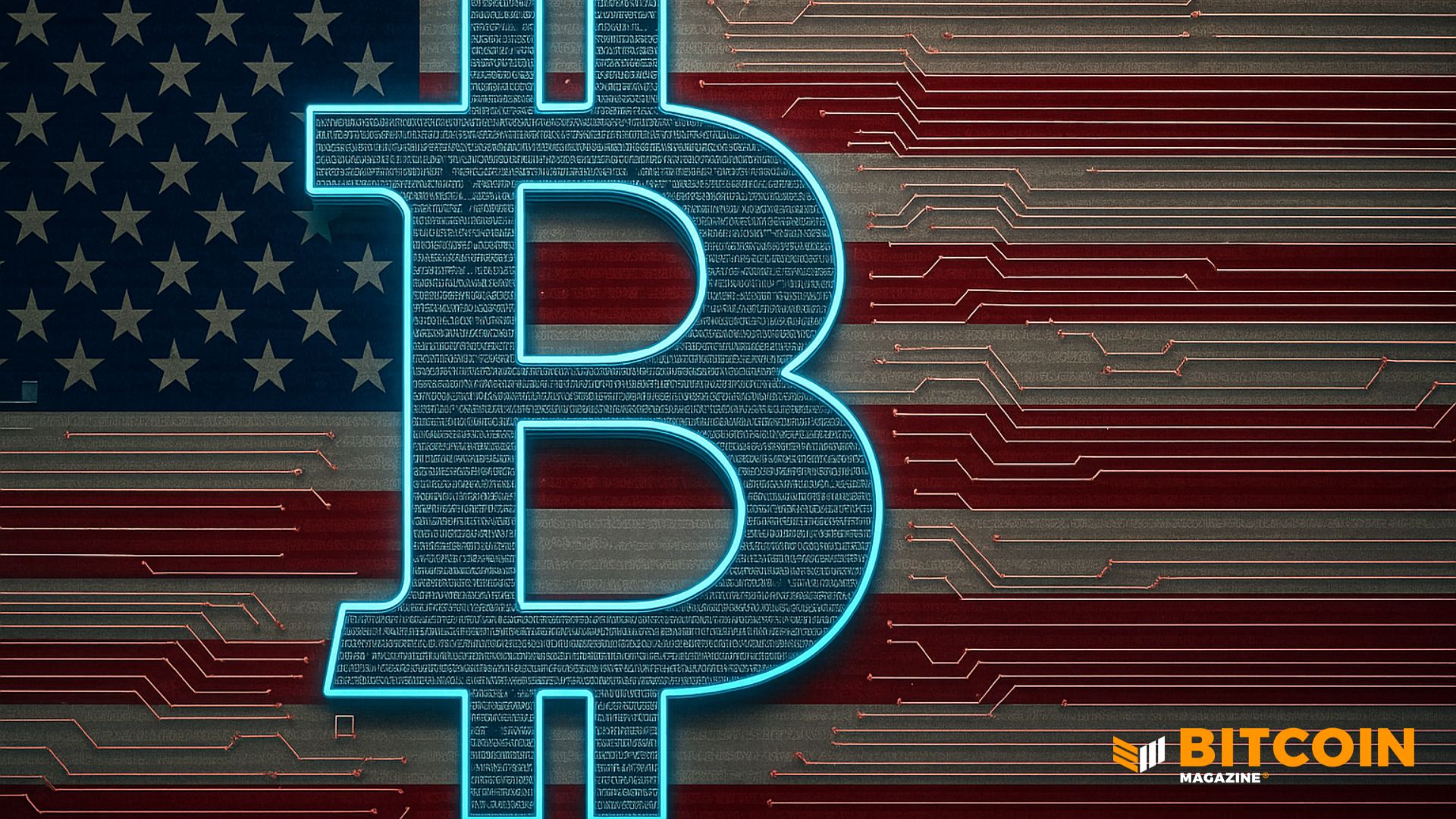The Empty Plate: How an AI Portrait Infiltrated a National Museum

On Wednesday, October 29, 2025, a secretive artist snuck in a print generated by Artificial intelligence into a Wales' National museum in Cardiff and claimed the image wasn't an art but a symbol of power.
The artist later revealed to be Elias Marrow hung the print in the museum's contemporary section, with his website saying Empty Plate "represents Wales in 2025".
The Portrait depicted a young boy in a Welsh uniform holding an empty plate, his books closed under his arm. The image rendered in the style of a historical oil painting was housed in a custom-made frame and accompanied by a professional wall text describing the print as “digital print on paper,” “limited edition signed," and on loan from the Artist, 2025” — making the piece look as legitimate as possible.
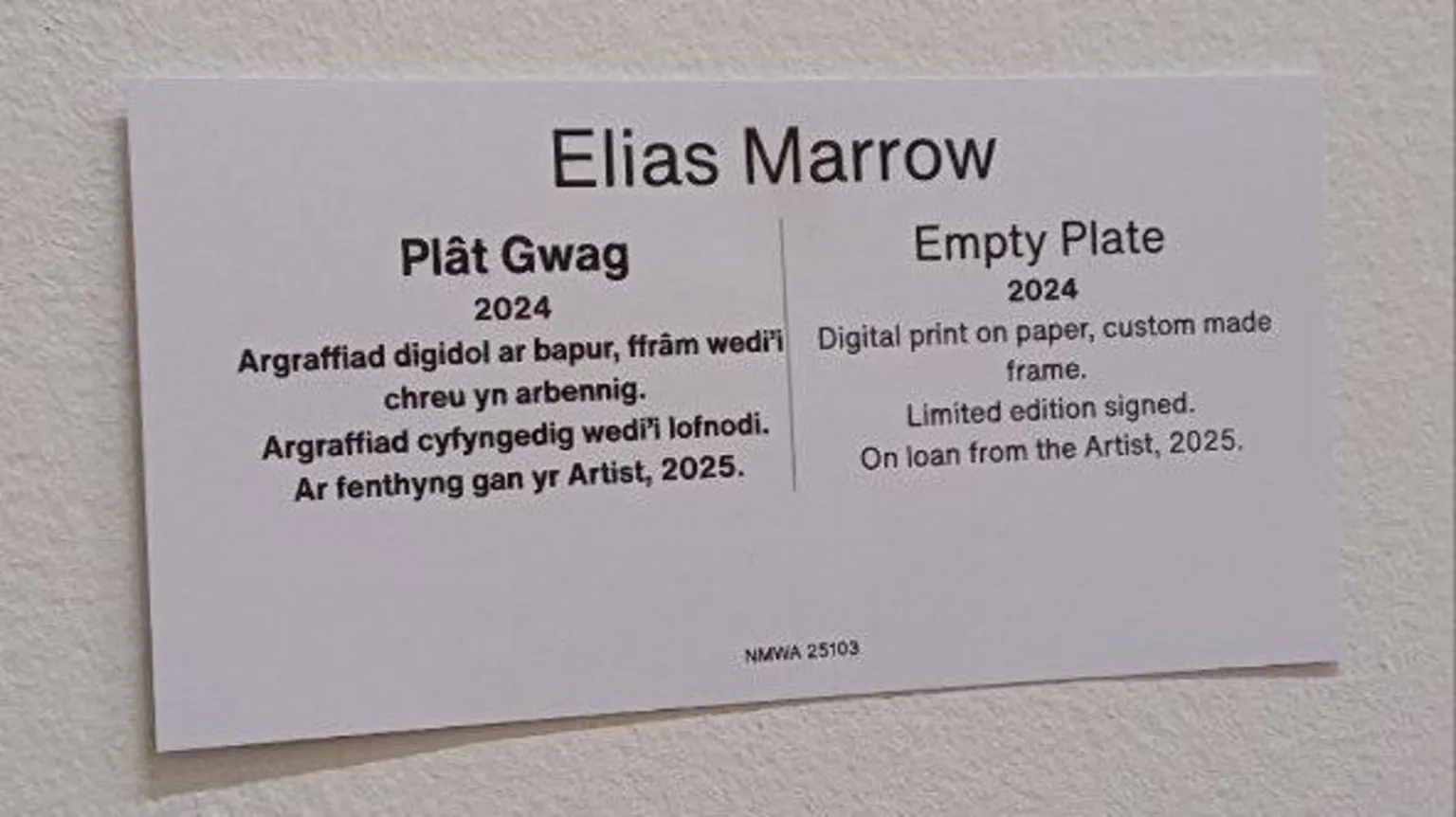
For hours, the portrait stood on display and hundreds of visitors came across it, viewed it, and took pictures of it before it was discovered. According to a report from BBC, one visitor came across the print and wondered "why such a poor quality A.I piece was hanging there without being labelled as AI."
He proceeded to ask a museum staff member about it, and the staff admitted "they had no idea about the piece or when it was received." This alerted the authorities, who had the portrait removed.
National Museum Cardiff is one of seven sites run by Amgueddfa Cymru (Museum Wales). An Amgueddfa Cymru spokesperson, in response, to the incident said: “An item was placed without permission on a gallery wall in National Museum Cardiff. We were alerted to this and have removed the item in question.”
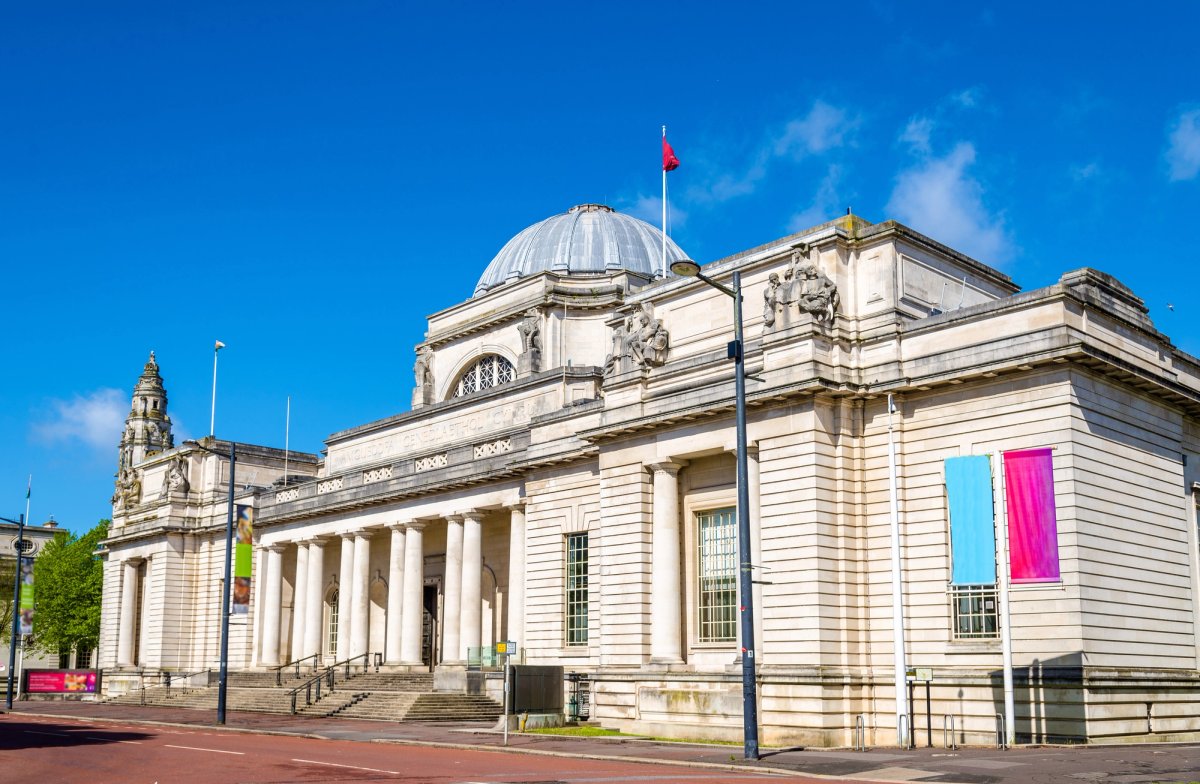
There was no damage to the existing exhibition or to the gallery wall as a result of the artwork being displayed, they confirmed.
ELIAS MARROW
Elias Marrow whose identity still remains unknown is a secretive conceptual artist who has developed a reputation for placing unauthorised pieces in museums.
The incident at the National museum wasn't Marrow's first attempt to leave an unauthorised piece in a museum. In July, Marrow secretly installed a placard in the Bristol Museum and tagged it "Unauthorized. Undocumented. Unapologetic” in an Instagram post.
He made a similar stunt in the Tate art museum network, where he placed several unauthorized works in July including a painted brick which he claims is still on view.
Marrow believes his work isn't about disruption, but simply participation without permission. in his words, "I'm not asking permission, but I'm not causing harm either."
Following the incident at Cardiff, Marrow told the BBC that he is interested in "how public institutions decide what's worth showing, and what happens when something outside that system appears within it.” The artist who claimed he first sketched the image before using AI to create it said "using artificial intelligence to create the piece was part of the natural evolution of artistic tools."
"AI is here to stay, to gatekeep its capability would be against the beliefs I hold dear about art," he added.
Marrow's philosophy of participation without permission places him in a long list of traditional artists who have used unauthorized interventions to challenge institutional power — his use of AI however, adds a contemporary twist to this age-old debate.
The details of Marrow's philosophy of art and AI can be found on his website. In his website, Marrow explained the reasons he chose the path he did.
In his about me section, Marrow describes himself to his audience, "Elias Marrow is not here. He is adjacent to the art. He denies authorship. He signs nothing yet everything. He does not make art. He interferes with it.Each piece is a question asked too late. Each unit a failed attempt at order."
This opens our understanding to the why of his philosophy. He believes that by passing messages through these means even though they're asked too late, will cast light on the problems.
The AI print of the Wales museum reflects the harsh reality of Wales at the moment.
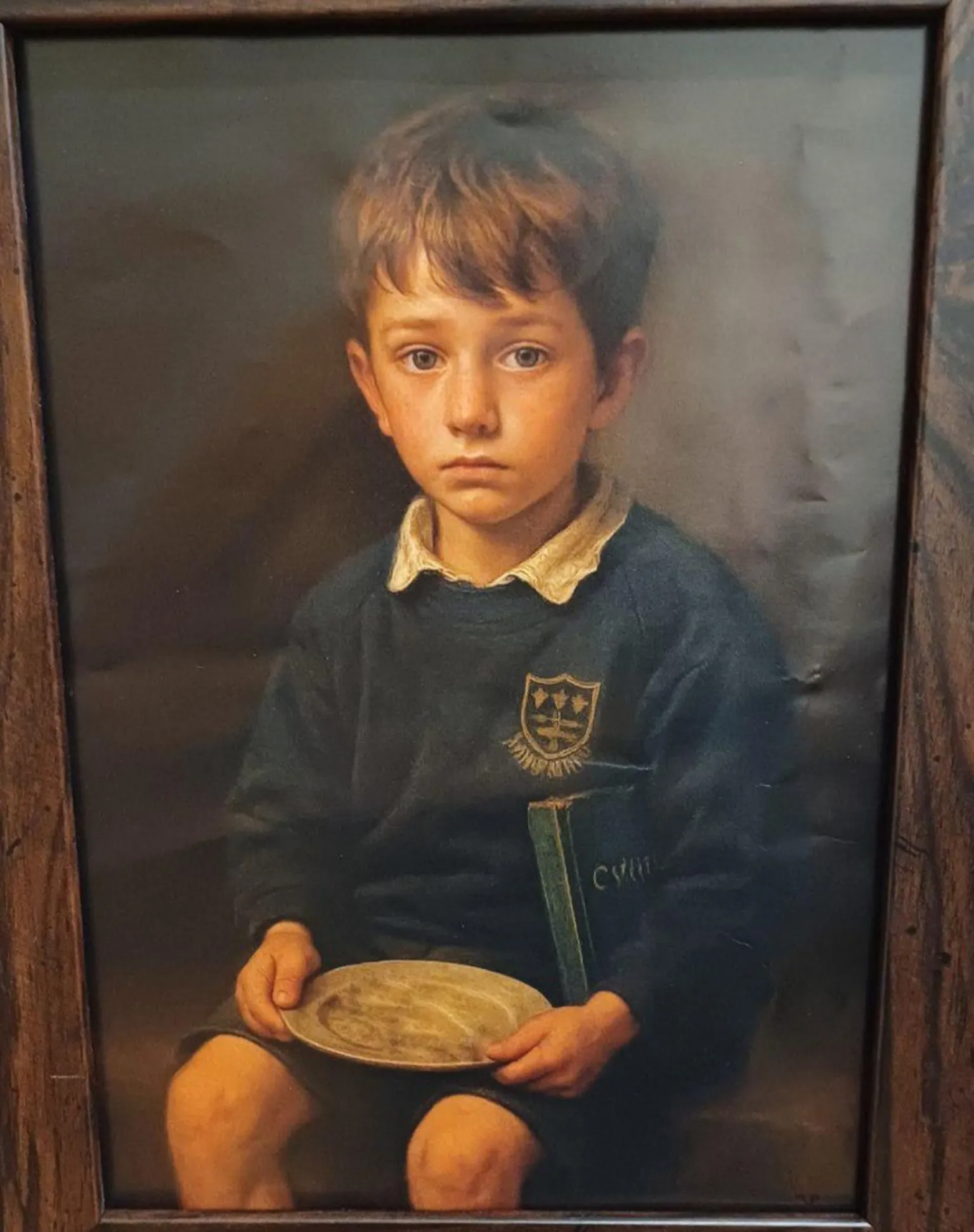
In the print, he writes, "The plate is empty. The book is closed. His uniform bears the insignia of an institution long since erased. It is unclear whether he waits to be fed, punished, or simply forgotten.” He follows it with a Welsh phrase which translates to "In hunger, he tries to learn; in poverty, he tries to live; in Wales, he calls it home.”
The truth section of his website reads "My work explores how value is created, perceived, and sold. I make provocative pieces that challenge collectors, galleries, and the audience to reconsider what art is — and what it's worth."
Whether as an advertising Ploy or as a means of speaking out truths people find uncomfortable to discuss, Marrow joins a rather comprehensive list of individuals who have snuck their arts into museums.
Last year, an aspiring artist installed one of his own paintings at the Munich museum where he worked, the institution making sure he regretted his bold move fired him for it.
Others however, have had better luck and one was Danai Emmanouilidis, a sly student in the German city of Bonn. In 2023, she snuck into the Bundeskunsthalle and stuck her heart with duct tapes on both sides. The museum found it funny and asked the mischievous maker to come out on X. Emmanouilidis later sold the work for €3,696 ($4,000) at Van Ham auction.
PROTEST AGAINST AI-GENERATED ART
The incident at the Wales National Museum comes at a time when there is growing resistance to AI generated art. Recently, tensions have been on the rise between Tech Companies and artists over AI being trained on art work without their permission or compensation.
To take this further, a group of artists filed a class action lawsuit against companies behind AI Image generators alleging that their platforms infringe on the copyrights of many creators. This case was quickly dismissed by a federal judge on the basis that the suing creators hadn't registered their works with the US copyright office and as such had had no right to sue for copyright infringement.
In the fight against AI generated Images and art, Japan has recently asked Open AI the creator of the video generator Sora, to stop imitating the country’s “irreplaceable treasures,” anime and manga, citing concerns about copyright infringement.
Despite this protest and much to the liking of individuals like Elias Marrow, the demand for AI generated art is only increasing. A recent report provides that Over a quarter (28%) of art enthusiasts have purchased an AI-generated artwork, with a further 52% saying they might do so.
Elias Marrow's "Empty Place" piece might have been removed from the National Museum's walls — the message and questions it asks still remain as clear as daylight.
In an era where Artificial intelligence has effectively blurred the line between human like creation and that of Machines, who truly decides what gets recognised and what doesn't?
You may also like...
Tech With No Tech Jobs: Why Coding Alone Won’t Save the African Economy
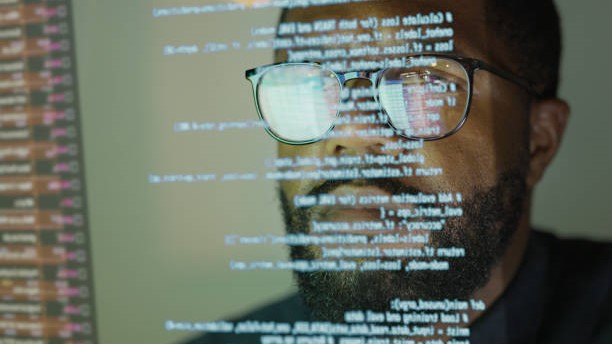
Africa’s coding boom has created thousands of skilled developers, but not enough jobs. The continent’s challenge isn’t a...
Heart vs. Brain: Who Really Controls Emotion?
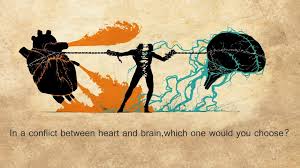
When science meets soul, who’s really in charge the mind that thinks, or the heart that feels?
You’re 99% Microbe: The Hidden Majority Inside You

You’re only 1% human. The rest of you, trillions of microbes eat, think, and even feel with you. Inside your gut, skin, ...
The Empty Plate: How an AI Portrait Infiltrated a National Museum

Elias Marrow makes the headlines following his unauthorized displaying of a piece in the Wales' National Museum Cardiff ...
Africa’s Digital Mirage: When ‘Local’ Tech Is Built on Foreign Foundations
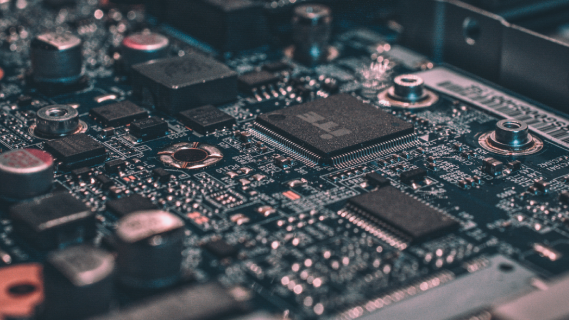
Many African apps look local but run on foreign infrastructure, APIs and app stores — sending fees and control abroad. W...
Tech and Power Cuts: Innovation in a Generator Age
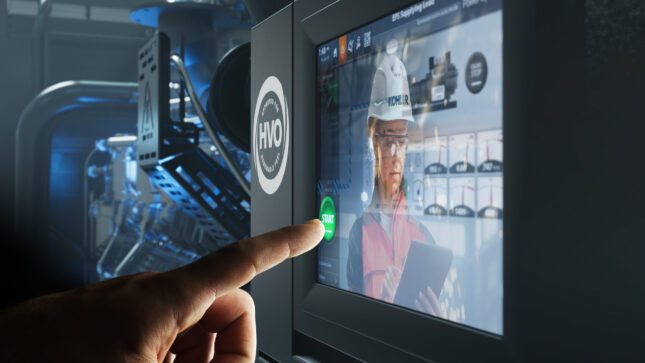
In a country where the lights rarely stay on, innovation has learned to adapt. From diesel-powered offices to pay-as-you...
Meta’s $16 Billion Scam Problem: How Facebook and other Meta Platforms Profits from Fraud
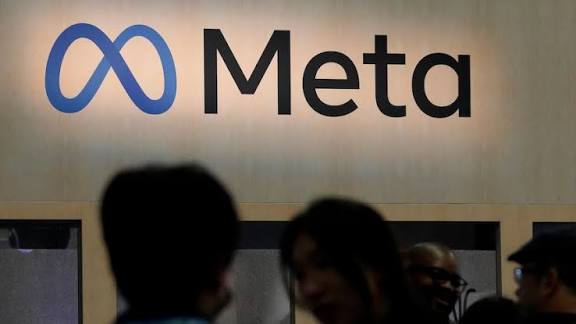
Meta faces huge backlash over leaked documents that provided details of how much Meta makes off illegal and scam ads — n...
Your Body on Stress: What Cortisol Really Does

Your body is talking to you, and stress is its language. Cortisol, the hormone that fuels alertness and focus, can keep ...



